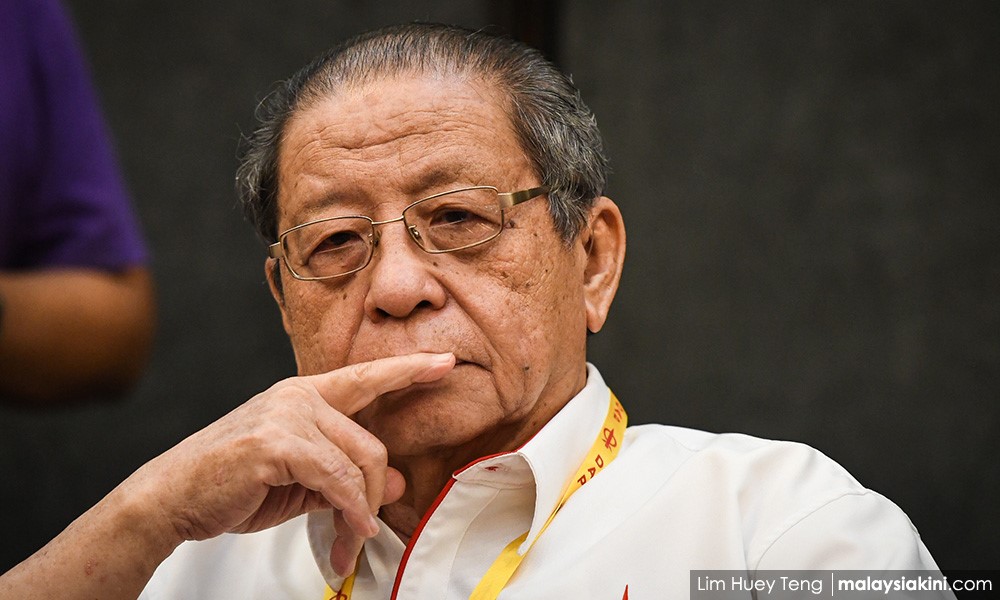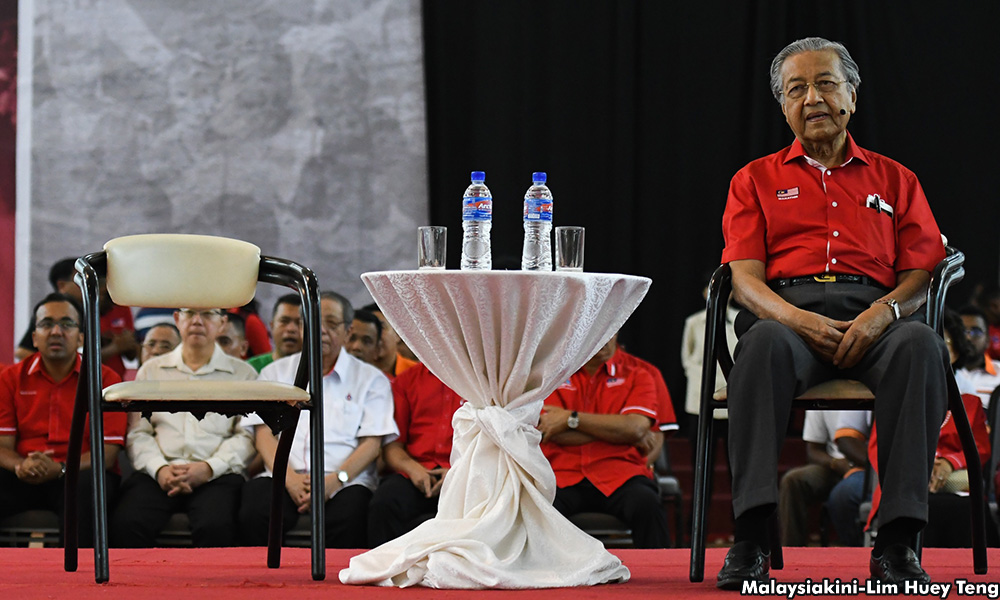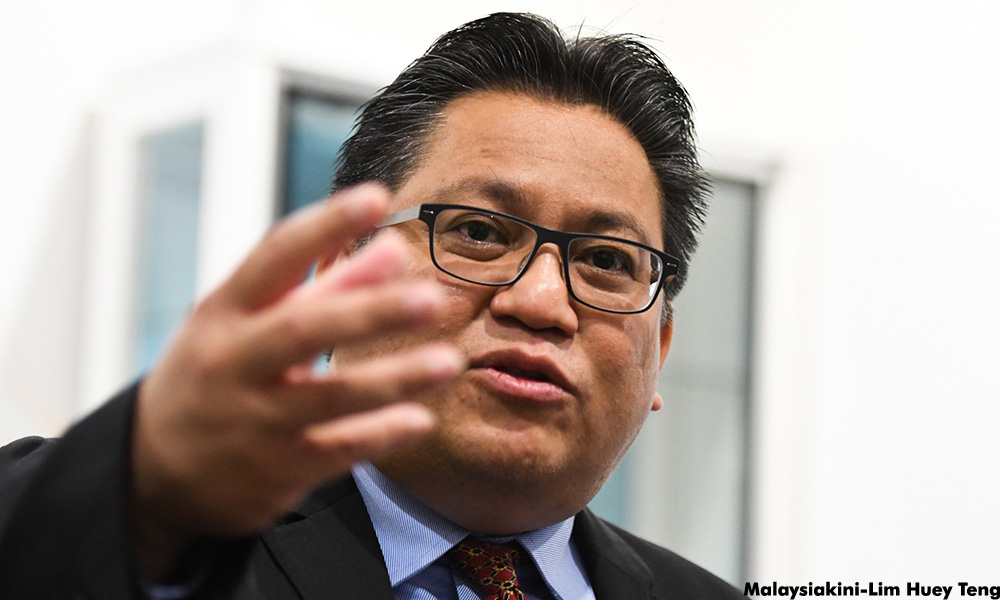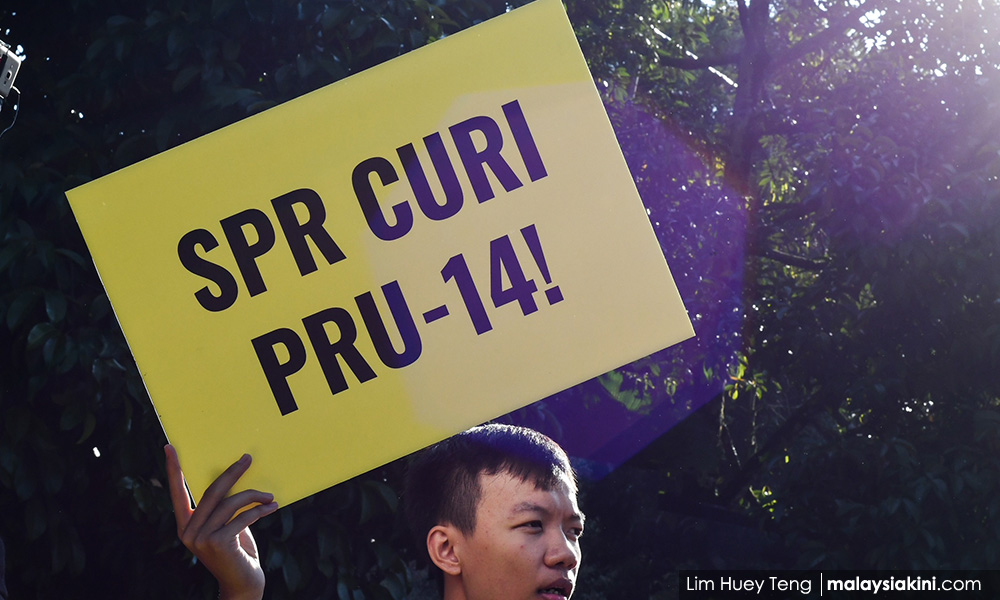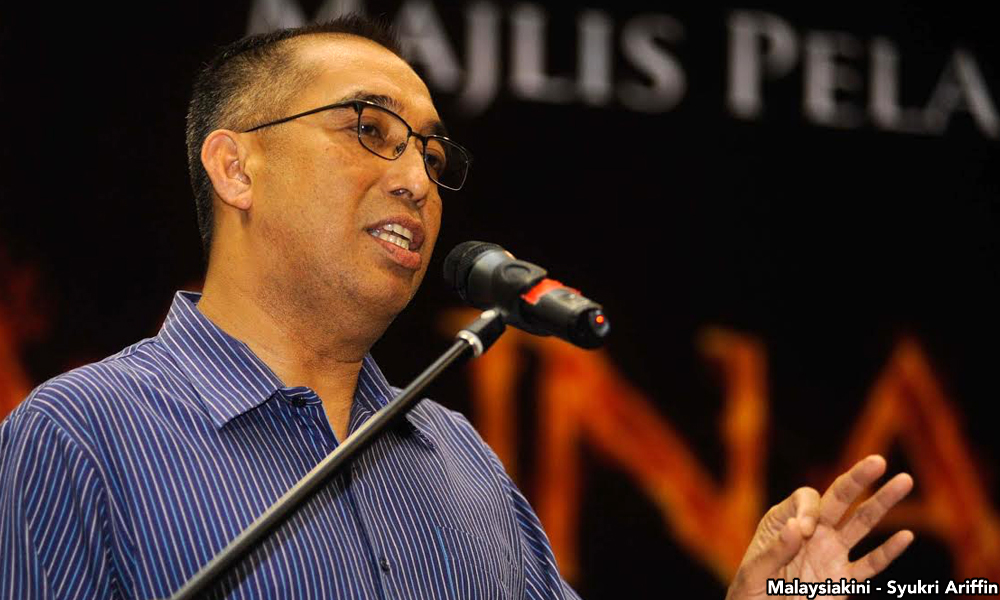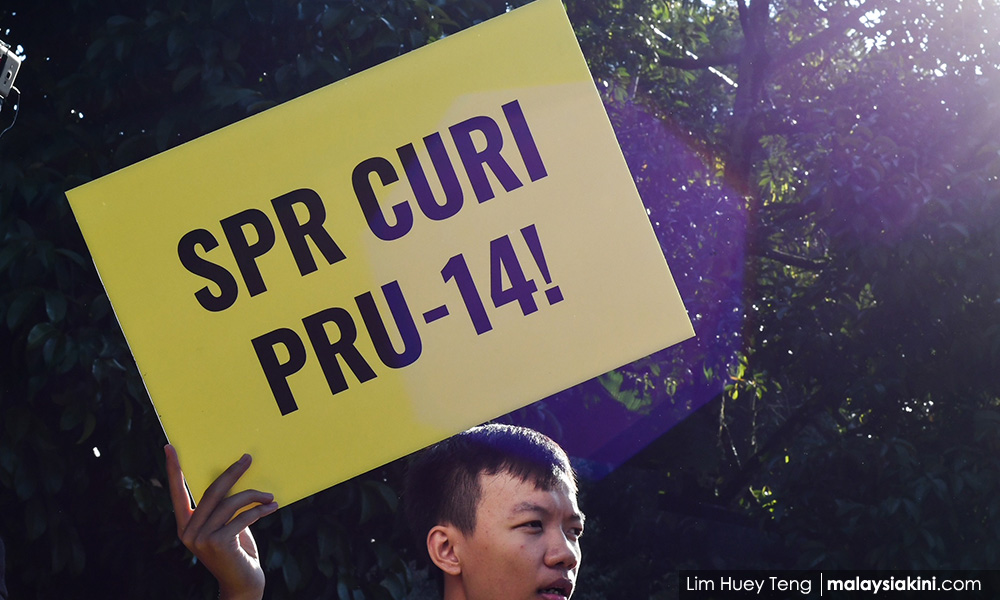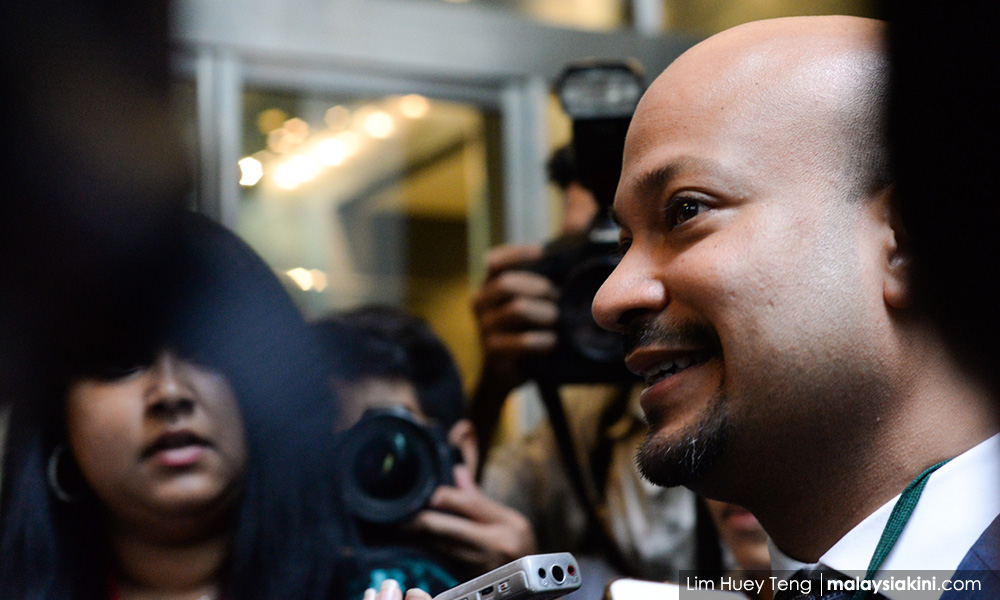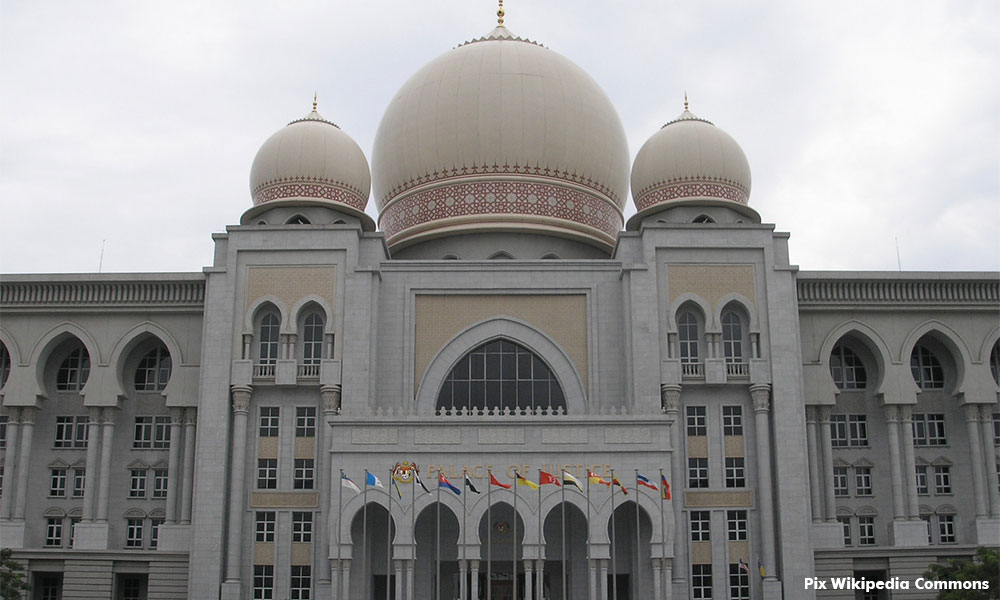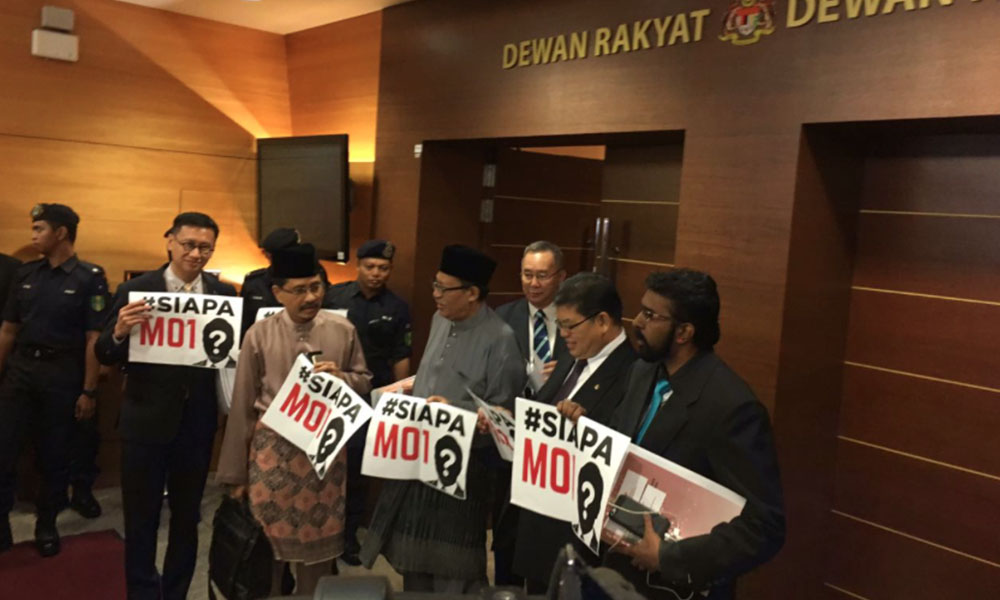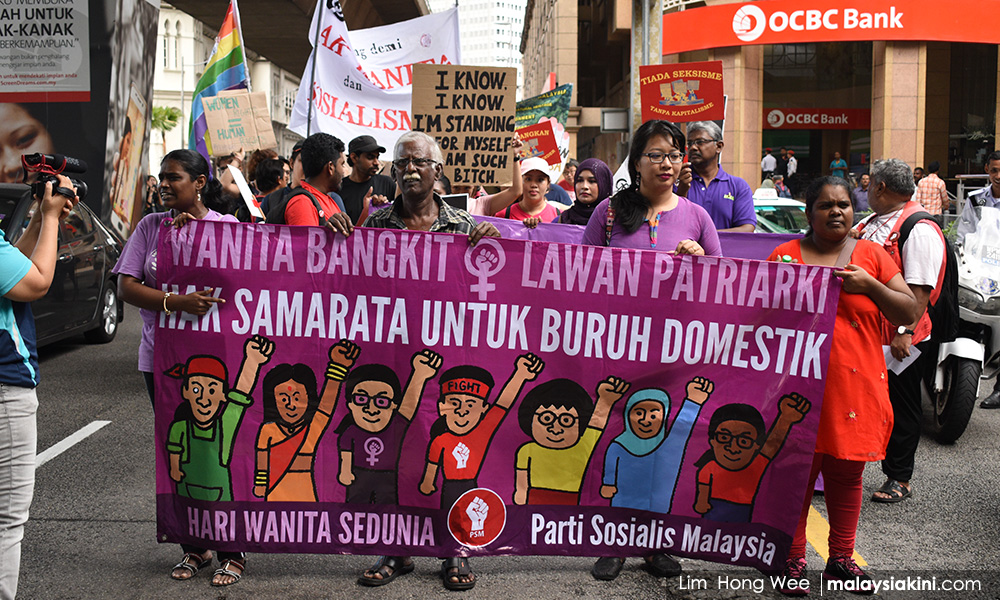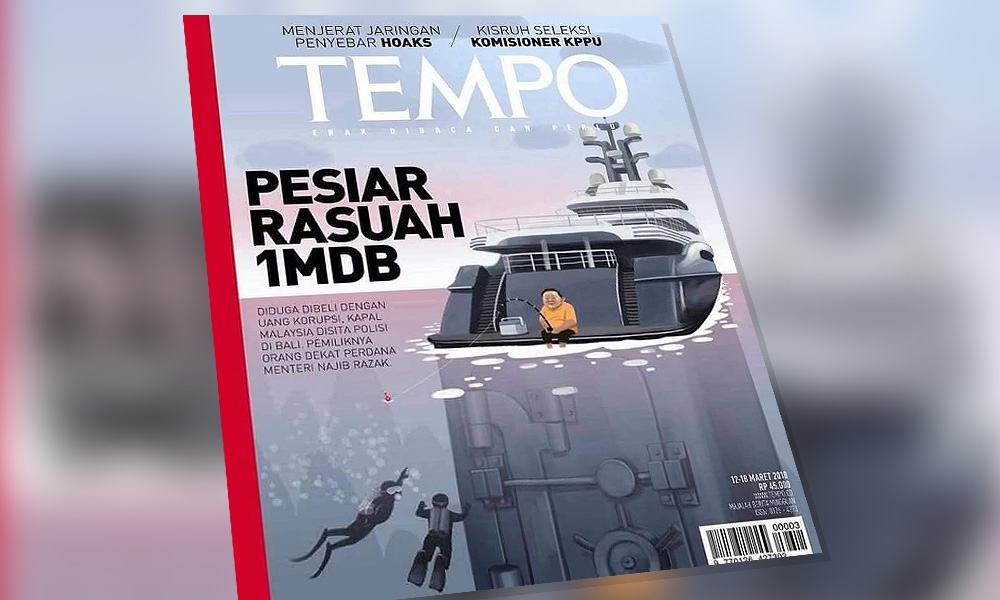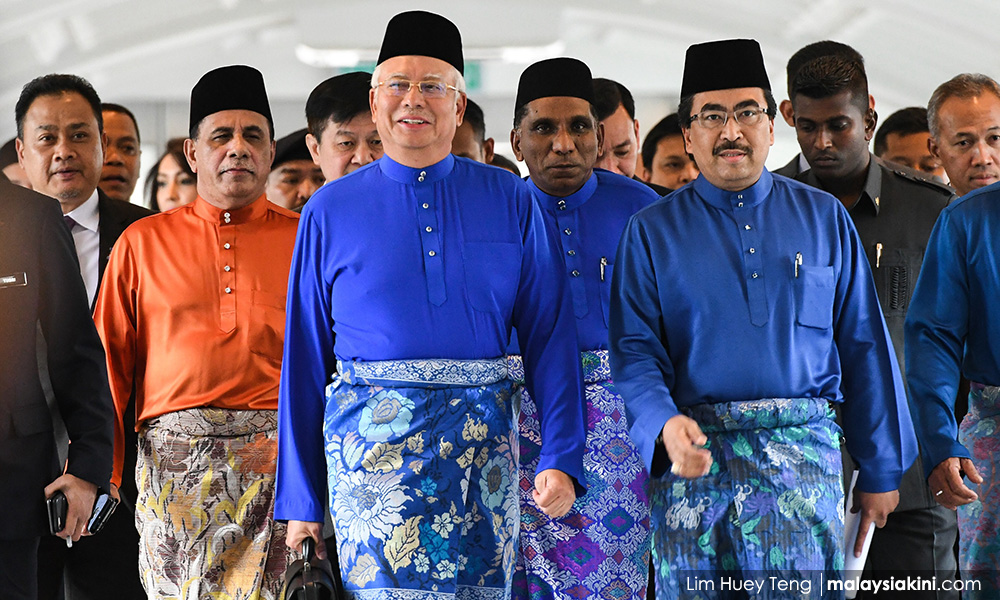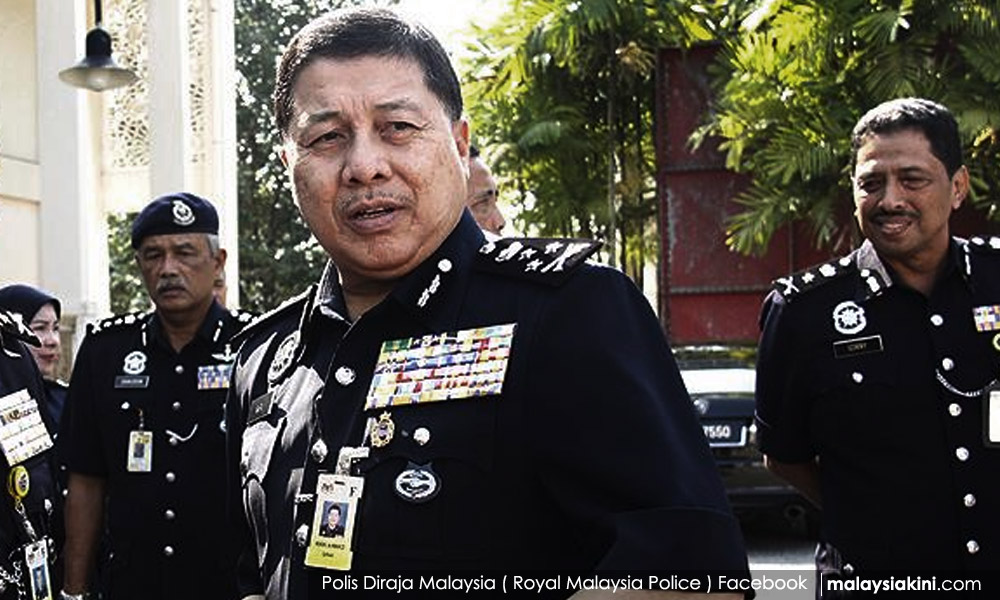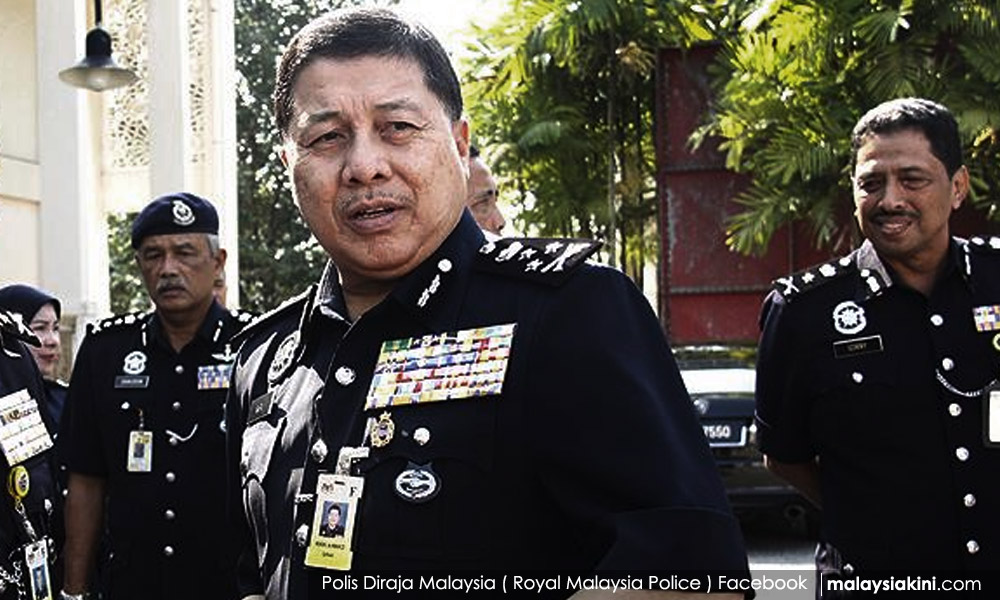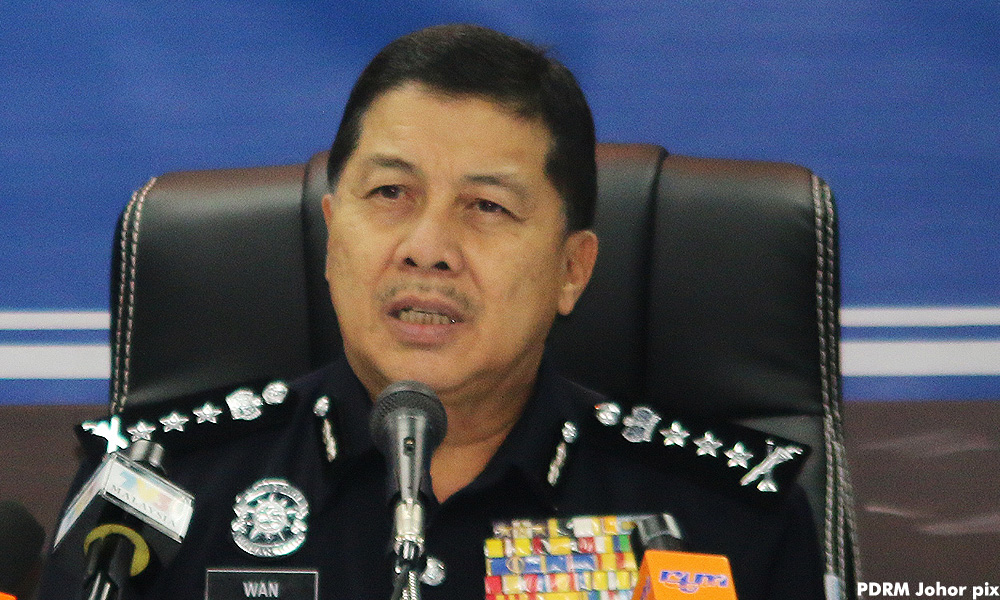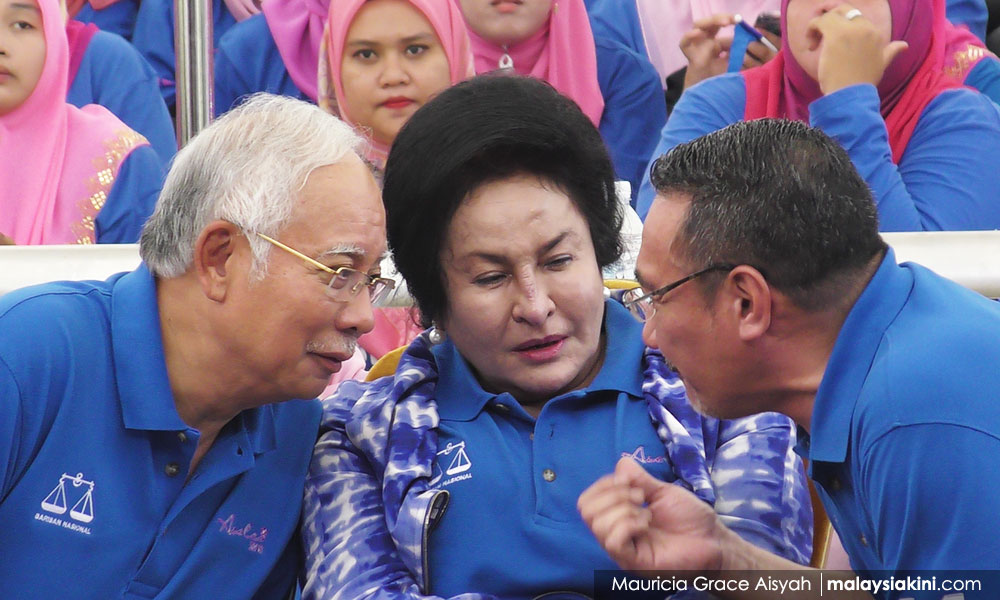-STEVEN THIRU, President, Malaysian Bar.
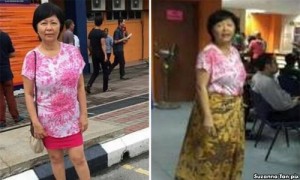 The Malaysian Bar refers to the cabinet’s decision that no dress code is necessary for members of the public who require only counter service at government departments or agencies, and the cabinet’s directive that the dress code requirements be reviewed.The Malaysian Bar also notes the various statements attributed to ministers, deputy ministers and members of Parliament who have expressed their disapproval of the recent spate of incidents of overzealous and unilateral enforcement of the dress code at government departments and agencies.It appears that the cabinet is adopting a sensible approach to the requirement of appropriate attire in public premises. Good governance requires that a government be people-centred, service-oriented and rights-conscious.Government officials should facilitate easy access to public services, and not impose arbitrary or burdensome barriers on citizens in the form of clothing or moral policing. This would be consistent with the pledge that civil servants make ‘to serve with goodwill and courtesy’, in the Pledge of the Public Service.
The Malaysian Bar refers to the cabinet’s decision that no dress code is necessary for members of the public who require only counter service at government departments or agencies, and the cabinet’s directive that the dress code requirements be reviewed.The Malaysian Bar also notes the various statements attributed to ministers, deputy ministers and members of Parliament who have expressed their disapproval of the recent spate of incidents of overzealous and unilateral enforcement of the dress code at government departments and agencies.It appears that the cabinet is adopting a sensible approach to the requirement of appropriate attire in public premises. Good governance requires that a government be people-centred, service-oriented and rights-conscious.Government officials should facilitate easy access to public services, and not impose arbitrary or burdensome barriers on citizens in the form of clothing or moral policing. This would be consistent with the pledge that civil servants make ‘to serve with goodwill and courtesy’, in the Pledge of the Public Service.It is therefore very disappointing that, despite the government’s declared intentions, two separate incidents of members of the public being barred from entering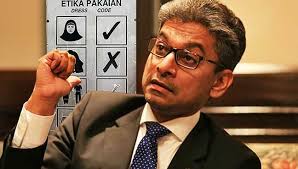 government premises, on account of their attire not conforming with the dress code, were reported in the media recently.
government premises, on account of their attire not conforming with the dress code, were reported in the media recently.
In the first incident, an official at the Defence Ministry headquarters barred a journalist from entering the building, for having exposed knees. In the second incident, security guards at the Ipoh City Council prevented a woman from entering the building, for having exposed arms.
Incidents reported in the media
These come in the wake of the following incidents that had been previously reported in the media:
(1) On May 7, 2015, a man was barred from collecting his lost luggage from the KL International Airport’s Baggage Services Lost and Found section, for wearing knee-length shorts and sandals;
(2) On May 27, 2015, a woman was required to wear a sarong and a shawl over her clothes before being allowed entry into the National Archives. During a subsequent visit, she and her friend were required to don sarongs when they went to the National Archives on June 10, 2015;
(3) On June 8, 2015, a woman posted on Facebook that she had been required to wear a sarong to cover her legs before being allowed to enter the Road Transport Department office in Kuala Lumpur;
(4) On June 10, 2015, a woman was barred from entering the Selayang Municipal Council office, for having exposed knees;
(5) On June 16, 2015, a woman was barred from entering Sungai Buloh Hospital, for having exposed knees. She was allowed in after she wrapped her legs with a borrowed towel;
(6) On June 22, 2015, two women were barred from entering the Selangor State Secretariat in Shah Alam, and asked to wear sarongs to cover their legs;
(7) On June 24, 2015, a woman was barred from entering the Small Estate Unit of the Federal Territories Director of Land and Mines Office; and
(8) On June 25, 2015, a woman was alleged to have been barred from entering the Balik Pulau Court Complex, due to her exposed knees.
These documented incidents are disconcerting. On the basis of the photographs taken of the persons affected (where available), the clothing deemed unacceptable by the authorities were typical of daily attire worn by ordinary Malaysians. The clothes were neither indecent nor a source of public outrage or disturbance. In these incidents, women have been predominantly singled out for this degrading and humiliating treatment.
A dress code that labels exposed arms or knees as unacceptable is clearly out of step with the way of life of ordinary Malaysians, who come from varied economic and social backgrounds. It serves to victimise and oppress innocent individuals.
The imposition of such a dress code that results in a denial of access to government premises or services is an abuse of power. It violates the affected person’s right to live with dignity and earn a livelihood, as well as their freedom of movement and expression, in breach of Articles 5 and 10 of the federal constitution.
The Malaysian Bar demands that the formulation of any dress code take cognisance of the culturally-diverse backgrounds of Malaysian society. The government must trust the innate sense of decency of ordinary Malaysians. Let us reject hypocrisy and narrow-mindedness. Ultimately, a person’s attire is not a measure of the person’s moral standing. A nation is not judged by the clothes that its people wears but by the heart that its people has.


